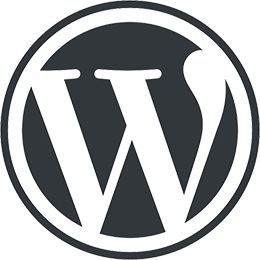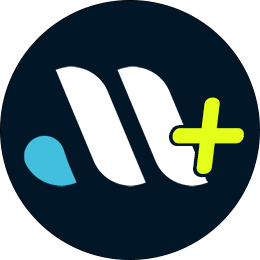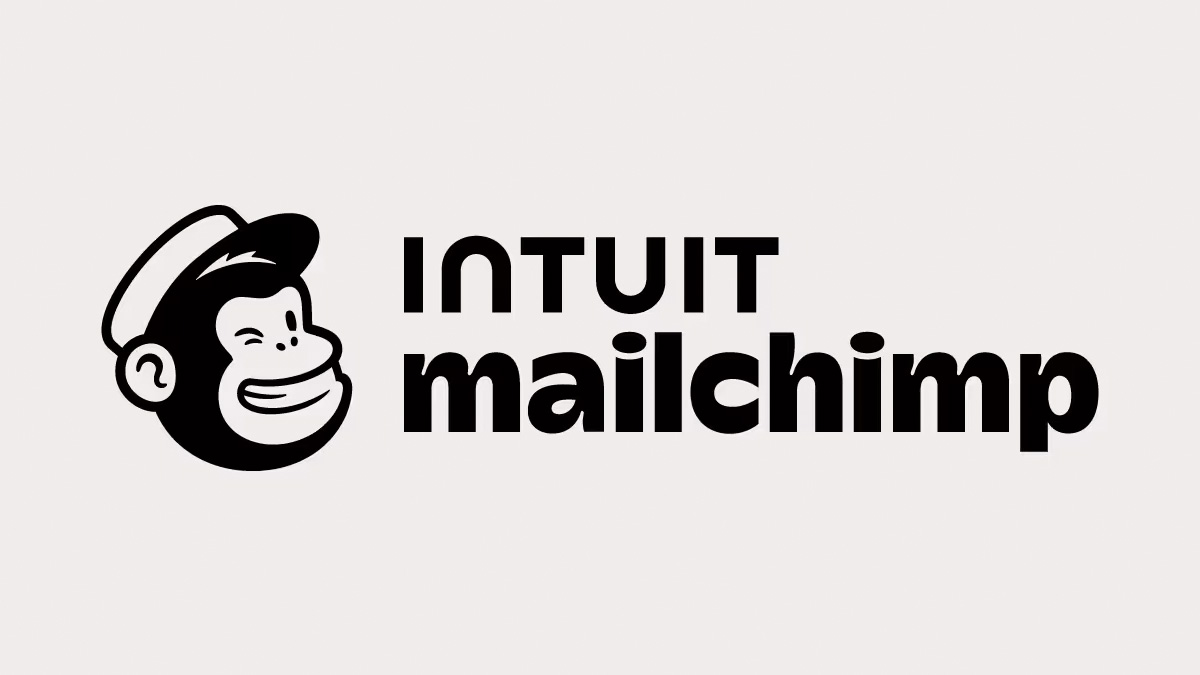Creating and managing content on websites has evolved significantly with the introduction of WordPress’s block editor, commonly known as Gutenberg. Introduced in WordPress 5.0, the block editor has revolutionized the way users create content, offering a wide array of tools that cater to both novice and experienced website creators. This comprehensive guide delves into the nuances of the WordPress block editor, emphasizing its ease of use, speed, and robust feature set that make crafting web pages not just easier but also more enjoyable.
Unlocking the Potential of the WordPress Block Editor
The WordPress block editor is a pivotal tool designed to enhance the content creation experience. It replaces the classic WordPress editor with a modern, block-based approach to page building. Each piece of content, whether a paragraph, image, or video, is treated as an individual “block.” This modular approach offers unprecedented flexibility and control, allowing users to easily manipulate and style each block according to their specific needs.
A Detailed Look at Block Editor Features
The block editor comes with an extensive suite of features that cater to the needs of diverse users, from bloggers and freelance writers to businesses crafting their online presence. Here’s a closer look at some of the standout features:
- Intuitive Drag-and-Drop Interface: The block editor simplifies page layout by allowing you to drag and drop blocks to where they are needed. This visual approach lets users see exactly how their content will appear once published, reducing the need for back-and-forth previews.
- Wide Variety of Blocks: WordPress offers a rich library of blocks, including text, images, galleries, buttons, widgets, and embeds. Each block can be individually adjusted for size, alignment, and color, providing a high level of customization.
- Reusable Blocks: Save time with reusable blocks that can be created once and used in multiple places across your site. This feature is perfect for elements that you want to remain consistent, such as call-to-action buttons or contact information.
- Full-Site Editing: Recent updates have expanded the capabilities of the block editor to include full-site editing, allowing users to manipulate not just content but also headers, footers, and sidebars—all within the same interface.
- Accessibility and SEO Optimization: The block editor is designed with accessibility in mind, ensuring that all users, regardless of their ability, can use it effectively. Additionally, it adheres to SEO best practices, helping your content rank higher in search results.
Enhanced Speed and Efficiency in Content Creation
One of the most significant advantages of the WordPress block editor is the speed with which users can create and edit content. The editor is designed to be fast and responsive, even when handling complex pages with numerous blocks. This efficiency is crucial for content creators who need to update their websites frequently, ensuring that they can make changes quickly and seamlessly.
User Experiences with the Block Editor
Many users have reported that the transition to the block editor was a game-changer in their content creation workflow. With its straightforward interface and powerful features, users can create pages that are not only visually appealing but also highly functional. The block editor supports a wide range of media types and third-party integrations, making it a versatile tool for creating rich, interactive content.
Conclusion
The WordPress block editor represents a significant leap forward in content management and website design. Its user-friendly, block-based approach, combined with powerful features and fast performance, makes it an excellent choice for anyone looking to create or update their website. Whether you are a novice blogger or a seasoned web developer, the block editor can help you achieve your vision with less effort and more creativity.







